Wearable devices benefits are transforming our routines with efficiency, but users must also be aware of their limitations and potential health risks.
Why Wearables Are More Than Just a Trend
While the benefits of wearable devices are widely celebrated, users should also understand the potential downsides of smart wearables—ranging from mental strain to privacy concerns. In this article, we will examine both sides of the issue using real-life examples, data-driven analysis, a comparative table, and practical recommendations.
The global adoption of wearable technology is increasing rapidly. According to Statista, more than 1.1 billion people used wearable devices in 2024, and that number continues to grow. This surge in popularity reflects a rising demand for real-time information, self-awareness, and the integration of digital life into physical habits.
Smartwatches, fitness bands, health monitors, and even smart glasses have become common tools in modern society. These wearable devices are no longer luxury gadgets for tech enthusiasts; they have established themselves as essential companions for a healthier, more organized, and digitally connected lifestyle.
Top 6 Wearable Devices Benefits You Should Know
Wearable technology provides practical improvements in nearly every area of daily life. These are the six most notable advantages:
- Continuous Health Monitoring: Smartwatches and fitness bands track biometrics like heart rate, oxygen saturation, and sleep cycles. Medical-grade wearables can even detect arrhythmias or sleep apnea.
- Fitness Motivation: Wearables gamify physical activity through step goals, rewards, streaks, and personalized workout suggestions. Apps like Strava and Fitbit boost accountability.
- Emergency Alerts: Devices like the Apple Watch detect falls and unusual heart rhythms, contacting emergency services automatically.
- Productivity and Time Management: Notifications, calendar integration, and voice commands improve multitasking and time awareness.
- Behavioral Feedback: Posture correction, breathing exercises, and hydration reminders help users build healthier habits.
- Remote Medical Assistance: Wearables transmit real-time health data to doctors, enabling telemedicine and proactive care.
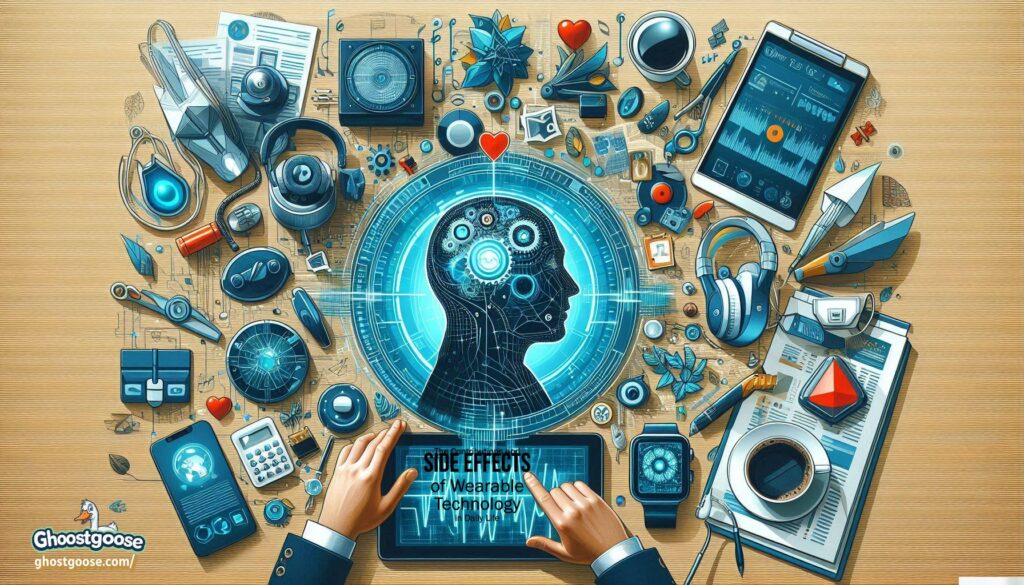
These benefits are not only improving lives but also reshaping healthcare systems. The Mayo Clinic reported that remote monitoring through wearables led to a 30% decrease in hospital readmissions among heart failure patients (Mayo Clinic).
Negative Effects of Smart Wearables You Shouldn’t Ignore
Despite their widespread adoption, smart wearables are not without drawbacks. Users must be cautious about the hidden downsides:
- Gizlilik İhlali: Sürekli biyometrik ve konum takibi, veri ihlalleri riskini artırır. Şifrelenmiş sistemler bile savunmasız olabilir ve tüm üreticiler aynı veri koruma standartlarını takip etmez. Harvard Business Review tarafından yayınlanan bir çalışma, şirketlerin giyilebilir verileri yönetme biçiminde önemli tutarsızlıklar olduğunu ortaya koydu ( Harvard Business Review ).
- Zihinsel Aşırı Yüklenme ve Kaygı: Sürekli geri bildirim, takıntılı öz izlemeye yol açabilir. Bazı kullanıcılar, özellikle hedeflere ulaşılmadığında artan kaygı bildirmektedir.
- Electromagnetic Exposure: Wearables emit low-frequency electromagnetic radiation. Although the levels are generally considered safe, long-term effects of constant exposure remain under-studied.
- Battery Dependence: Short battery life leads to more frequent charging, causing inconvenience. Over time, charging ports wear out, making devices less reliable.
- Digital Dependency: Users may become over-reliant on devices, replacing instinct and self-awareness with numbers and alerts.
- Sleep Disruption: Though designed to monitor sleep, some wearables can be physically uncomfortable at night, and the light from displays may interfere with rest.
- Environmental Concerns: Many wearables are replaced every 1–2 years, adding to electronic waste and carbon footprints.
Comparative Analysis: Pros and Cons at a Glance
To better understand the impact, here’s a comparison between the major wearable devices benefits and their potential side effects:
| Benefit | Side Effect |
|---|---|
| Health Monitoring | Sensitive data privacy risks |
| Improved Fitness Motivation | Performance anxiety and data obsession |
| Real-Time Emergency Alerts | Overdependence on automation |
| Sleep Tracking | Light disturbance and discomfort |
| Communication Efficiency | Reduced real-world social interaction |
| Remote Health Management | Misinterpretation of self-diagnosed data |
Real-Life Examples of Impact
Example 1: Chronic Illness Management
Anna, a 45-year-old woman with Type 2 diabetes, uses a wearable glucose monitor linked to her smartphone. It alerts her when levels drop or spike, helping her manage insulin more effectively. This real-time data reduced her hospital visits by 40% within one year.
Example 2: Performance Enhancement
Jake, a competitive runner, uses a Garmin Forerunner to analyze his pace, oxygen levels, and VO2 max. The data helped him tailor training sessions, reducing injury risks and improving his marathon time by 12 minutes.
Example 3: Workplace Efficiency
Engineers using Vuzix AR smart glasses at a manufacturing plant report 20% faster troubleshooting times, thanks to hands-free instructional overlays and real-time video support.
These examples show how wearable devices benefits can tangibly improve life quality, workplace efficiency, and long-term health.
How to Minimize the Negative Effects of Smart Wearables
Being aware of wearable technology’s downsides allows users to adopt it more responsibly. Here are best practices to ensure a safe and balanced experience:
- Limit Data Sharing: Turn off unnecessary permissions. Avoid linking your device to multiple platforms.
- Schedule Offline Time: Remove your wearable a few hours each day to reduce dependency and radiation exposure.
- Use Night Mode or Sleep Settings: To prevent light disruption, set your wearable to dark mode at night.
- Recycle Responsibly: When upgrading, look for certified recycling options to reduce e-waste.
- Review Data Regularly with Experts: Don’t rely on self-diagnosis—consult your doctor if something feels wrong.
Should You Trust Your Wearable with Everything?
Despite being impressive tools, smart wearables are not infallible. They’re designed to assist—not replace—human judgment, medical expertise, or personal intuition. As smart as they are, they still rely on algorithms, sensors, and platforms that can occasionally malfunction, misread, or misinterpret data.
That’s why conscious usage is crucial. When integrated with a healthy lifestyle and informed boundaries, the wearable devices benefits far outweigh the negatives. But without awareness, the negative effects of smart wearables can easily lead to dependence, misinformation, or even harm.

What’s your experience with wearable tech? Have you ever found it more stressful than helpful? Let us know in the comments.
What’s the Future of Wearable Technology?
The next phase of wearable tech will likely involve deeper integration with artificial intelligence, mental health tracking, and sustainable manufacturing. We’re already seeing AI-driven insights and predictive health alerts. In the near future, wearable technology may:
- Detect mood changes and provide mindfulness exercises.
- Offer automated diagnostics before symptoms even appear.
- Be biodegradable or solar-powered to reduce environmental impact.
- Connect seamlessly with smart homes, vehicles, and IoT ecosystems.
With such rapid evolution, the line between digital and physical health will continue to blur. For this reason, regulation, education, and ethical design must grow alongside innovation.
Conclusion
Wearable technology has transformed how we approach health, productivity, and personal data. The wearable devices benefits are clear—improved well-being, real-time insights, and lifestyle optimization. But the negative effects of smart wearables, like privacy concerns and digital dependency, shouldn’t be ignored. By understanding both sides, individuals can make informed decisions and get the most out of their devices while staying safe, private, and balanced.
Frequently Asked Questions (FAQ) About Wearable Technology
What does the future hold for wearable technology?
Future wearables will integrate AI to monitor mental health and offer personalized insights. Sustainability will improve with eco-friendly materials, and devices will connect more deeply with smart home and IoT systems.
What are the main benefits of wearable devices in daily life?
Wearables continuously monitor vital health signs like heart rate and sleep quality. They motivate users through fitness tracking and provide emergency alerts when needed. Additionally, they help improve productivity and enable remote medical care.
Are there any risks associated with using smart wearables?
Are there any risks associated with using smart wearables?
Risks include privacy concerns due to extensive data collection and mental stress from constant feedback. There may be long-term effects of radiation exposure, battery limitations, and environmental impact from device disposal.
How do wearable devices affect privacy?
Wearables gather sensitive personal data, which can be vulnerable if not properly secured. Users should review privacy settings carefully and limit data sharing to reduce risks of data breaches or misuse.
Can wearables replace traditional medical devices?
Wearables provide helpful ongoing data but do not replace professional medical diagnosis or treatment. They should be used as complementary tools, with medical advice always sought when necessary.
How can I reduce the negative effects of wearable technology?
Limit unnecessary data sharing and take regular breaks from device use. Use night mode to avoid sleep disturbances, recycle devices responsibly, and consult healthcare professionals to interpret your data accurately.
Are wearable devices safe to use all day and night?
Most wearables are designed for continuous use, but prolonged wear can cause discomfort or interfere with sleep. It’s important to follow device guidelines, keep them clean, and remove them occasionally.
What does the future hold for wearable technology?
Future wearables will integrate AI to monitor mental health and offer personalized insights. Sustainability will improve with eco-friendly materials, and devices will connect more deeply with smart home and IoT systems.

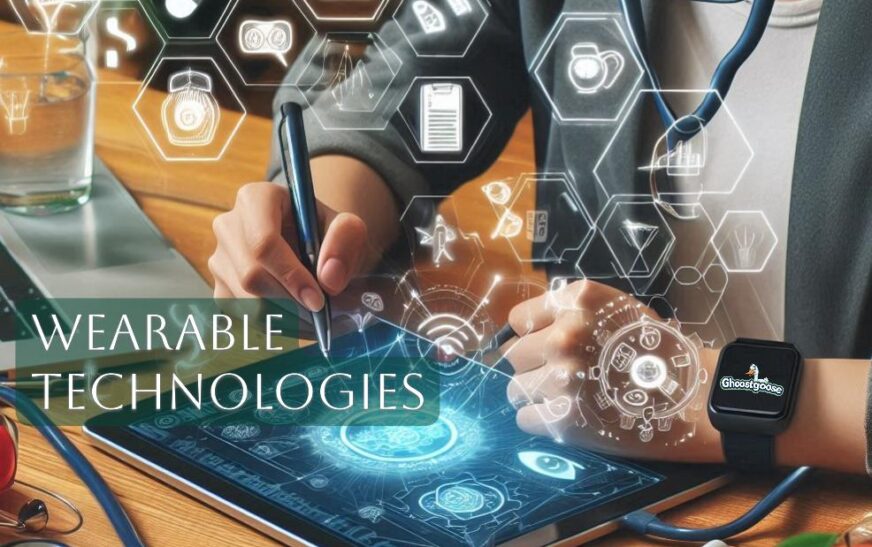


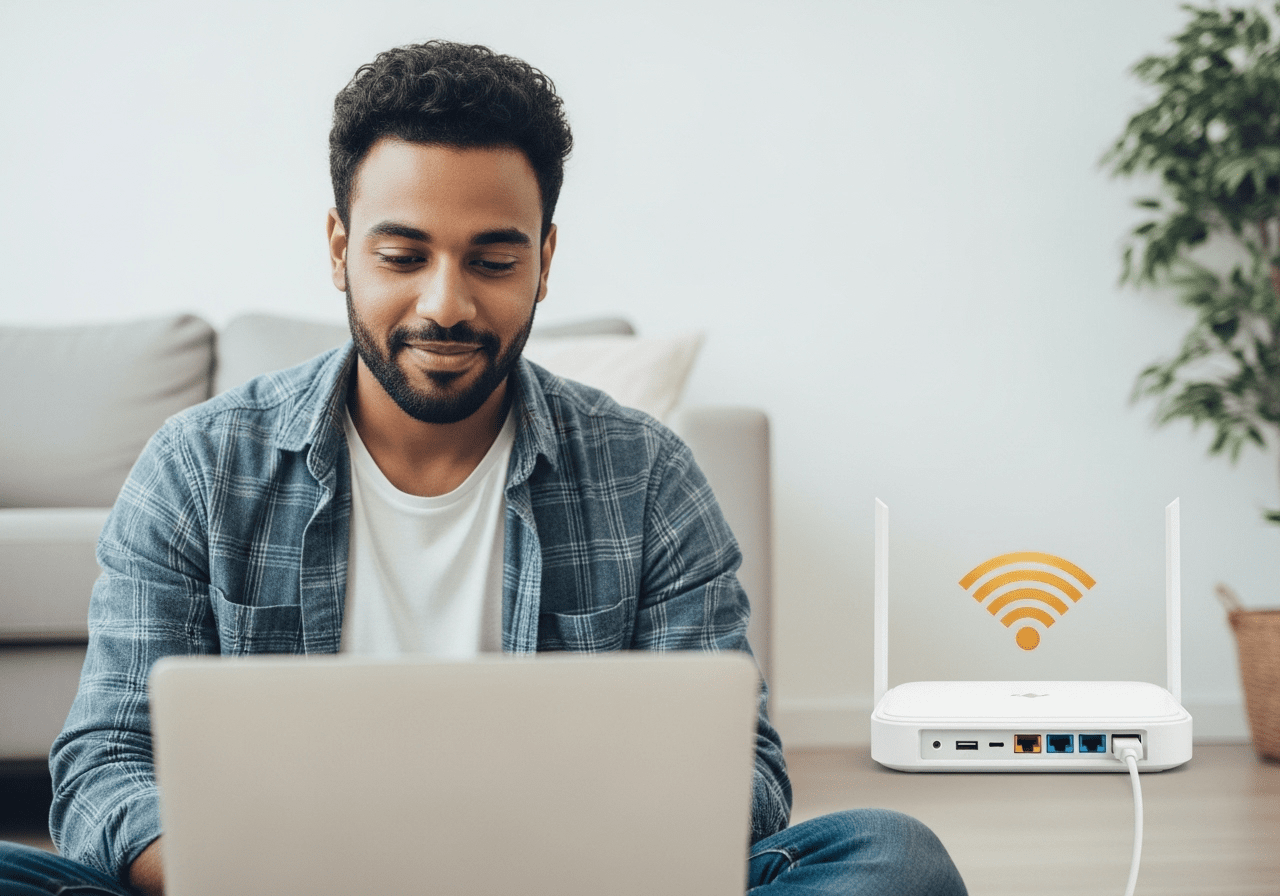


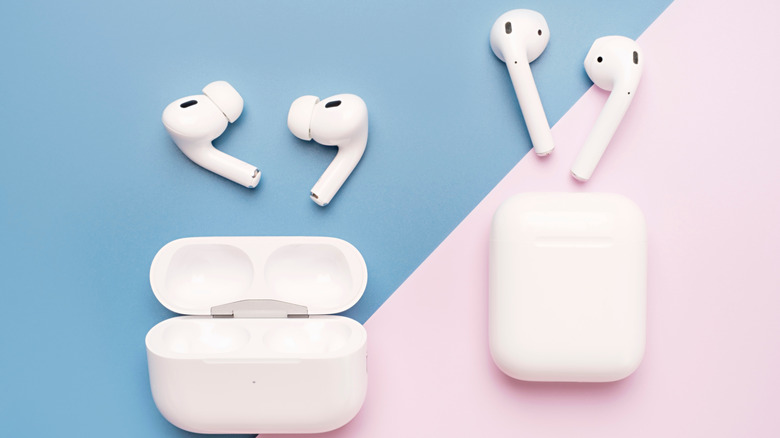

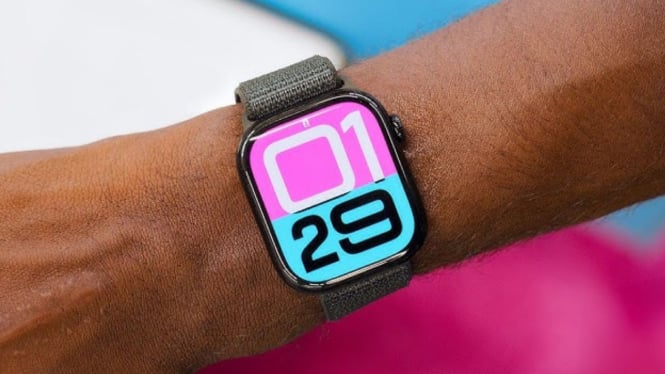





2 Comments
[…] Natural treatments for back pain offer safe, effective alternatives to medication by addressing pain through inflammation reduction, muscle strengthening, and lifestyle changes. Incorporating heat and cold therapy, herbal remedies, targeted exercises, and proper nutrition can significantly improve quality of life. Combining these methods with professional advice ensures personalized, lasting relief. Explore these options and share your experiences to help build a community focused on natural back pain solutions. For more insights into the benefits and potential risks of wearable technologies, including how to use them safely, check out this detailed article at Ghost Goose. […]
[…] div style=margin-top 30px; text-align center; a href=https://ghostgoose.com/are-wearable-technologies-harmful/ style=display inline-block; background-color #0073e6; color white; padding 14px 28px; text-align center; text-decoration none; font-size 16px; border-radius 6px; box-shadow 0 4px 6px rgba(0,0,0,0.1); transition background-color 0.3s; 🌍 You Might Also Like Top Digital Nomad Visas in 2025 a div 🌍 You Might Also Like: Top Digital Nomad Visas in 2025 […]